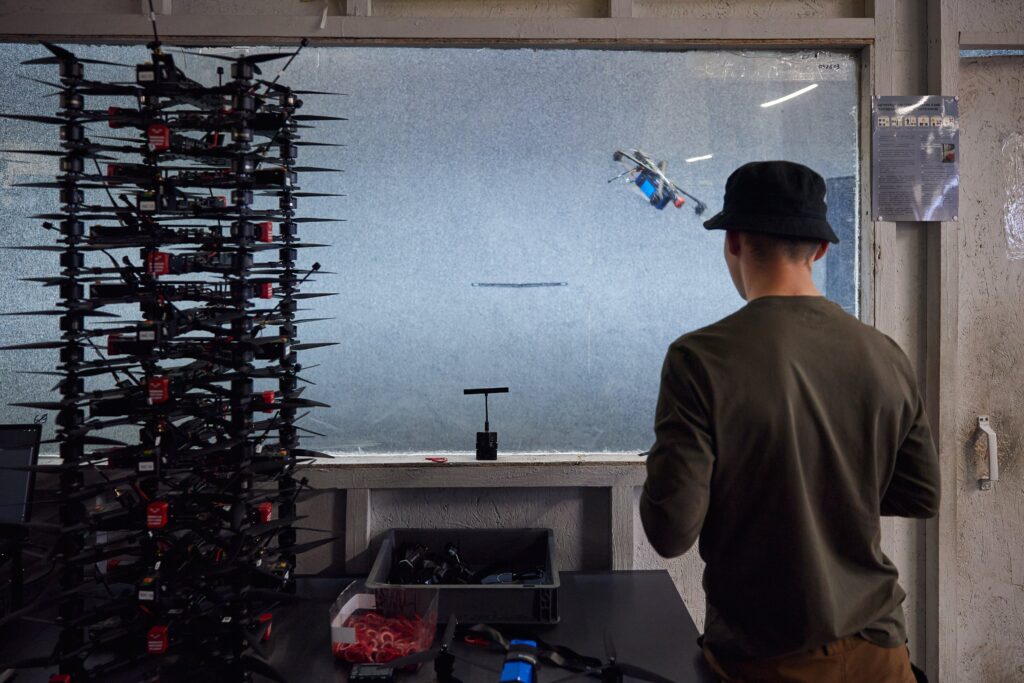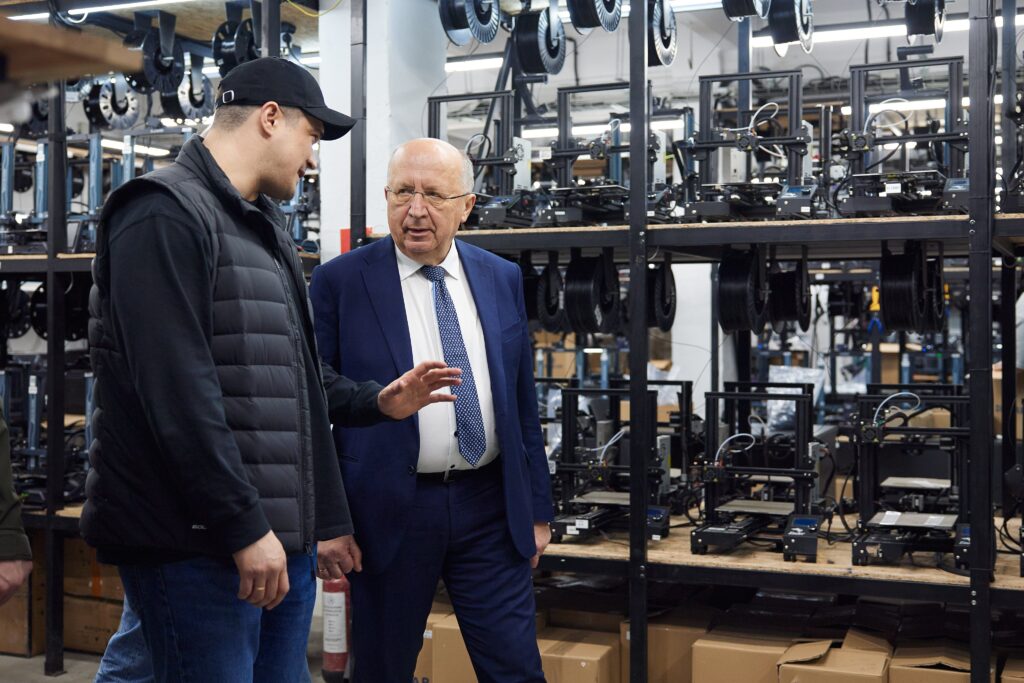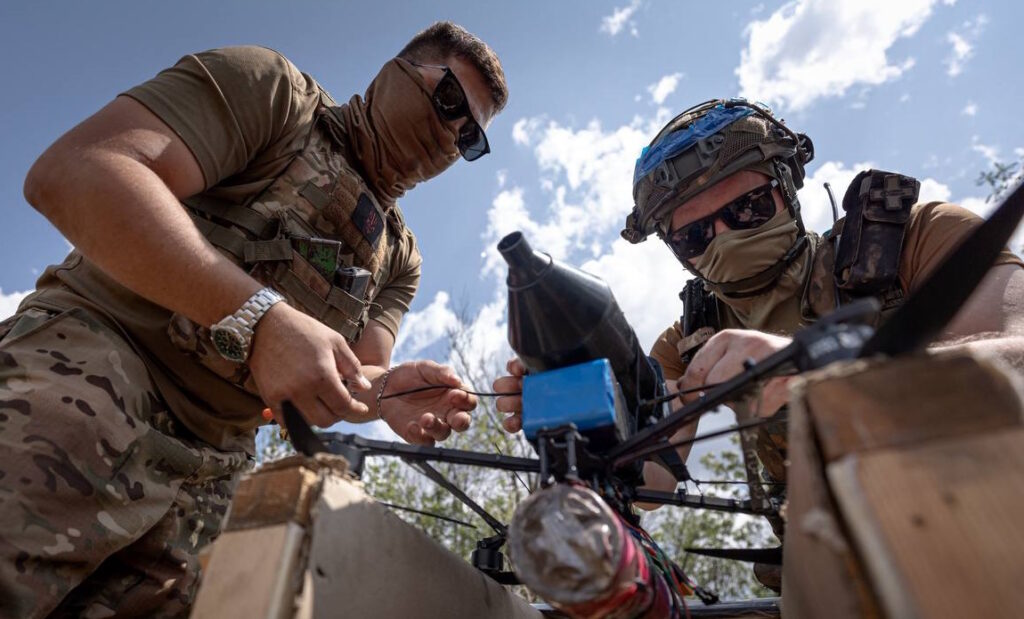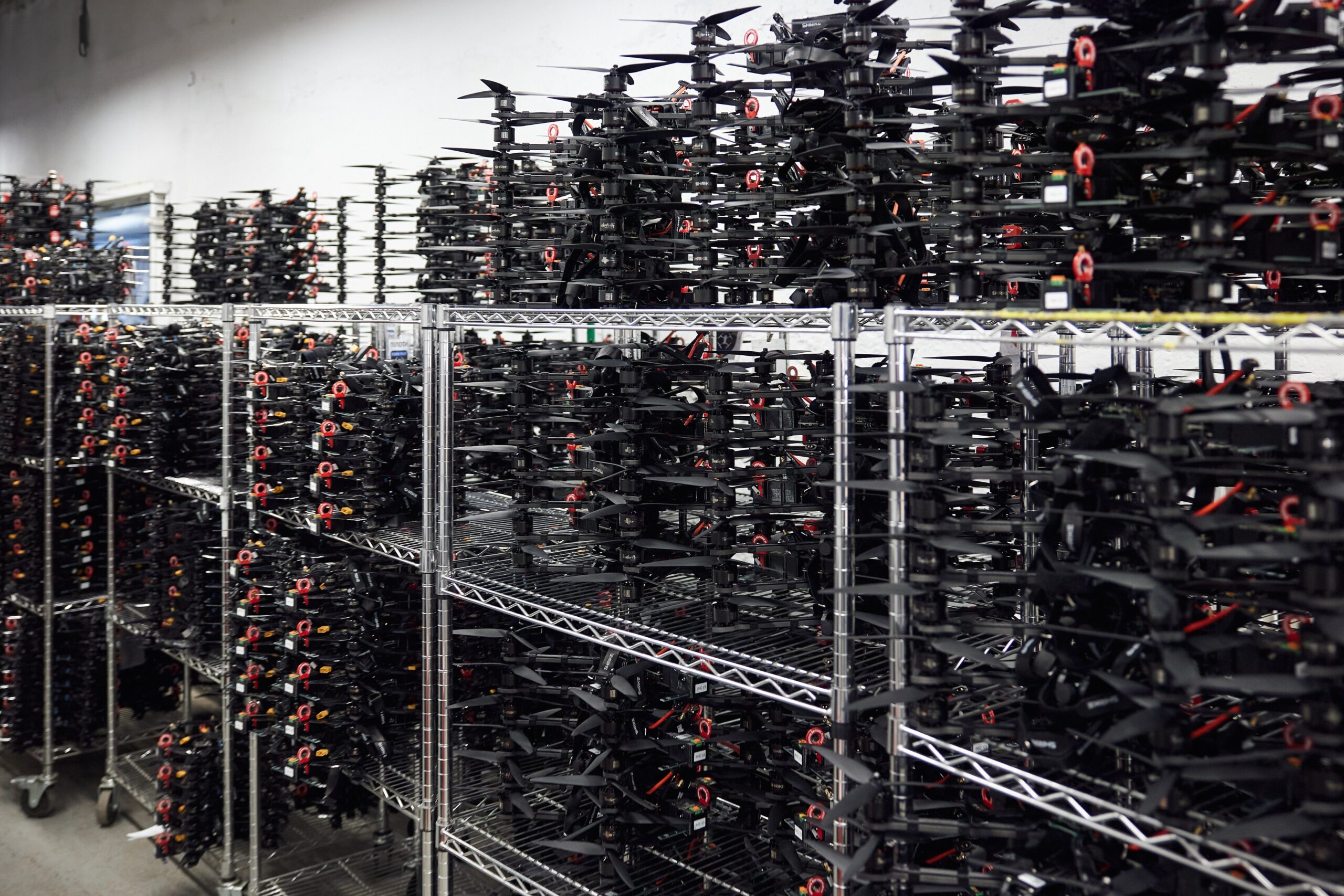Ukraine turned wartime desperation into rapid defense innovation, fielding drones and autonomous systems at unprecedented speed. But the West isn’t learning fast enough, warns American investor Deborah Fairlamb, who co-founded Green Flag Ventures in Kyiv during the war.
Lacking long-range missiles and jets, Ukraine improvised an industry that rapidly designs, builds and fields everything from FPV drones to sea drones—closing capability gaps Russia once held.
“The lessons of success are being lost on or ignored by the US and NATO allies,” Fairlamb told The War Zone.
Battlefield innovation at breakneck speed
Fairlamb described how Ukraine’s defense ecosystem has evolved from almost nothing in 2022 to a network of small workshops and startups producing vast numbers of drones.
“The speed of iteration of everything is just extraordinary,” she said. “The Ukrainians have really had this incredible focus on homegrown drones… It’s navigation systems. It’s resistance to electronic warfare. It’s the ability to fly in GPS-denied environments.”
Unlike Western programs, these systems are created alongside soldiers at the front: build, test; build, test; build, test. By the time the Ministry of Defense sees them, they are already combat-proven. Procurement that once took years now takes three to four months.

What Ukraine does differently
Fairlamb pointed to four battlefield-proven practices that Western defense establishments are ignoring:
- Rapid adaptation – systems change monthly, not yearly
- Decentralized production – thousands of small shops making parts
- Mass, low-cost systems – FPV drones cost $500–$1,000 instead of $100,000+
- Empowering units – frontline units buy directly from vetted suppliers
A model the West isn’t following
Fairlamb believes this speed is something the United States and NATO need to copy – and soon.
“The speed at which things are happening is just completely and utterly incompatible with the processes that exist in most Western systems,” she warned. “This is how Russia and China are going to fight. It is going to be just vast numbers of relatively low-price-point things that are extremely destructive.”
Instead, she sees allies trapped in slow cycles, expensive platforms, and outdated assumptions about war.

Copying without learning
Fairlamb also described a more troubling pattern from early in the war: Western companies arriving in Ukraine under the pretext of partnership, only to walk away and later release similar technology of their own.
“There have been instances… yes, there are Western companies that have come to Ukraine under the guise of: ‘hey, we would like to invest. We would like to partner. Can we spend a couple of days with you, learning what you’re doing?’ … And then they would essentially disappear. And six months later, they would come out with something that was very, very similar to what they wanted to partner with a company about,” Fairlamb said.
She said she personally knows of at least four examples.

Low cost, high impact
The tools Ukraine has built are cheap and expendable. Most FPV drones cost between $500 and $1,000; larger fixed-wings cost a few thousand dollars. These drones are printed, assembled, modified and sent out in weeks, with new versions appearing on the front every month.
Fairlamb contrasted that with Western military systems, where a single drone might cost hundreds of thousands of dollars and require years to reach the field. That, she said, will not work against adversaries who are willing to mass-produce millions of small, smart, disposable machines.
A final warning
“The speed at which this technology is evolving, and that the US, Europe and NATO are all really slow,” she said. “There are a lot of very scary scenarios that are out there that I am not seeing a lot of response to yet.”
For Ukraine, drones have become the answer to weapons it does not have. For the West, Fairlamb’s warning is clear: pay attention, or risk falling behind in a kind of war that is already here.




